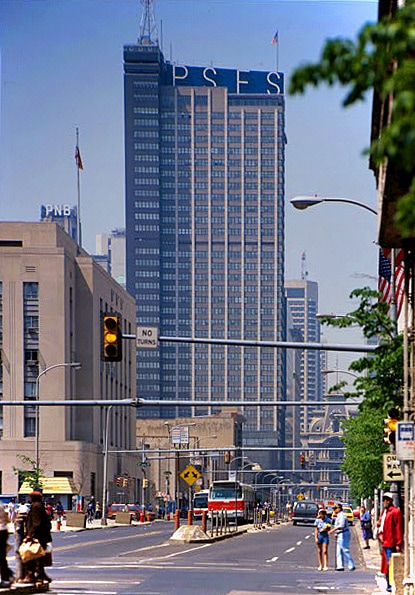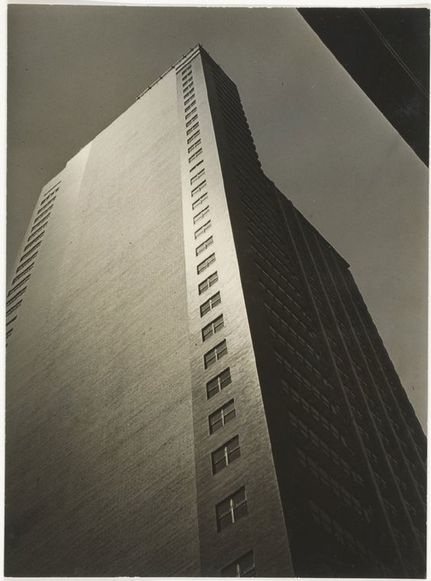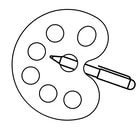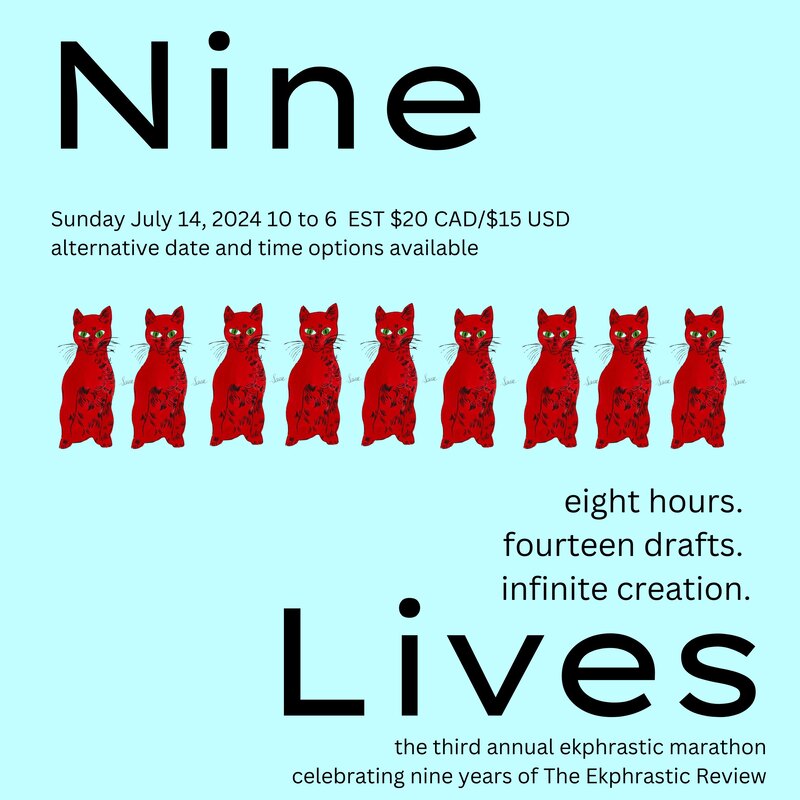The Sky's the Limit: Thoughts on the Philadelphia Savings Fund Society Building, by Stuart A. Kurtz3/31/2017 The Sky's the Limit: Thoughts on the Philadelphia Savings Fund Society Building
“…It demands of us, ‘what is the chief characteristic of the tall office building?’ And at once we answer, it is lofty. This loftiness is to the artist-nature its thrilling aspect. It is the very organ-tone of its appeal. It must be in turn the dominant chord in his expression of it, the true excitant of his imagination. It must be tall. The force and power of altitude must be in it, the glory and pride of exaltation must be in it. It must be every inch a proud and soaring thing, rising in sheer exultation that from bottom to top it is a unit without a single dissenting line…” Louis Sullivan A tenet of Modernism was to connect the inside of buildings with their outsides. In the Philadelphia Savings Fund Society building (1929-32) by George Howe and William Lescaze the interior does not merely form a link with the street and surrounding cityscape; it creates a unity with the atmosphere around the building. The connection of lived space and intangible space (light and air) is rendered to masterful effect. The ascent from the materiality of the streets outside its lobby, higher and higher to the pinnacle of sun and air of the boardrooms must be experienced in an uninterrupted flow. We might say it is a journey away from the material burdens of the world for an esoteric encounter up in the clouds. When the visitor enters the first floor lobby, he sees a soaring space that leads the eye upwards. The light entering through the doorways and filtering down from the banking floor above fills this area and seems to beckon the viewer to move onward and upward, starting literally with a ride up the escalator. On level two one’s view is drawn to a bank of interior windows, behind which one can see an expanse. Once in this banking floor, the visitor’s gaze is drawn horizontally and vertically by full-height windows and a U-shaped service counter. Now the hallway windows extend this room even farther. The view is of the upper stories of surrounding buildings, thus accentuating the rise the customer has just made. Aluminum ceiling panels insinuate the sky to the interior. Polished black marble piers not only tell of height but ricochet light across the banking floor. Corridors are open and uncluttered with no ornament distracting the eye. From the second floor one ascends another long escalator to the ballroom (The building is now a Loew’s hotel.) The visitor can only see light from the third floor windows and that which is reflected on the ceiling of that level, seen from the vantage point of the escalator ride up. The board and dining rooms at the top are airy and breezy. The solarium cheers up the rooms more, and a terrace extends the free movement of bankers. From up here the eye looks out and now down. There is more of a horizontal emphasis, such as in the overhang cantilever over the terrace and the glass bank of doors. The thin limestone piers that elevate the building off the ground, in a manner, accentuate the delicacy of the building. This might be the first skyscraper whose base reflects its top. The two-story base exterior is covered in gray and black granite, which reflects light, thereby losing some of the visual heaviness of itself. The experience is a physical and emotional journey away from the confines of the ground and up to the heights. It is a freedom from the world below into an environment of light and air at the top…an escape from the problems on street level (in 1932 effects of the Depression were just outside the bank). I think Le Corbusier meant his towers to achieve this sensibility. The shopping malls, industrial complexes, hotels, and luxury apartments of the 1960’s tried to do this as well, with usually unsuccessful results. Air and light are what the PSFS convey, which are what tall buildings should communicate. Stuart A. Kurtz Stuart A. Kurtz: "I started my writing career in sleep-away camp. I was sick and had nothing to do, so I lay on my bunk and composed a sketch about a reporter named Milton Moncrief who was covering a volcano eruption. He interviewed people as they ran from the ash and lava. He didn't have a clue - and maybe I didn't either...that the sketch was pretty bad, or that I would some day choose this as my profession. I am now doing cultural journalism, drama, and poetry. North Park Vaudeville in San Diego presented my play, Hey, Pete, There Must be Some Mistake, in October, 2012. I was the only American reporter to cover Toronto’s Scotiabank Nuit Blanche in 2009. My first full-length play about an environmental disaster in future Iowa is now taking shape, and I am marketing my one-act allegory, The Time of Our Joy. Available for hire at [email protected] Blog www.stuartkurtzportfolio.blogspot.com and poems published here: http://www.carcinogenicpoetry.com/2012/07/stuart-kurtz-five-poems.html"
0 Comments
Your comment will be posted after it is approved.
Leave a Reply. |
The Ekphrastic Review
COOKIES/PRIVACY
This site uses cookies to deliver your best navigation experience this time and next. Continuing here means you consent to cookies. Thank you. Join us on Facebook:
July 2024
|





